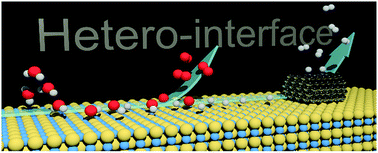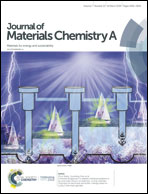Nanoscale hetero-interfaces between metals and metal compounds for electrocatalytic applications
Abstract
The increasing demand to realize sustainable and clean energy conversion systems has prompted great efforts to develop electrocatalysts with maximum efficiency and minimum cost. Until now, noble-metal-based electrocatalysts have shown excellent catalytic performances toward fuel cell and water splitting electrode reactions, such as the oxygen reduction reaction (ORR), the oxygen evolution reaction (OER), and the hydrogen evolution reaction (HER). Despite their outstanding activities, their high cost interrupted any further progress toward practical applications. Recently, the fabrication of metal/metal compound hetero-nanostructures has emerged as a promising strategy to develop a cost-effective and high-performance electrocatalyst. The introduction of metal compounds, such as sulfides, phosphides, oxides, and carbides, appropriately modified the energy state of the metal catalyst to achieve optimum activity, thus lowering the usage of expensive noble metal species to reduce the overall cost. In this review, we present recent advances in the synthetic strategies for metal/metal compound hetero-interfaces within a nanostructure. We also summarize the beneficial and synergistic effect of nanoscale metal/metal compound hetero-interfaces on the catalytic performances. Finally, we provide perspectives on further development of hetero-structured electrocatalysts toward energy conversion applications.

- This article is part of the themed collection: Recent Review Articles


 Please wait while we load your content...
Please wait while we load your content...